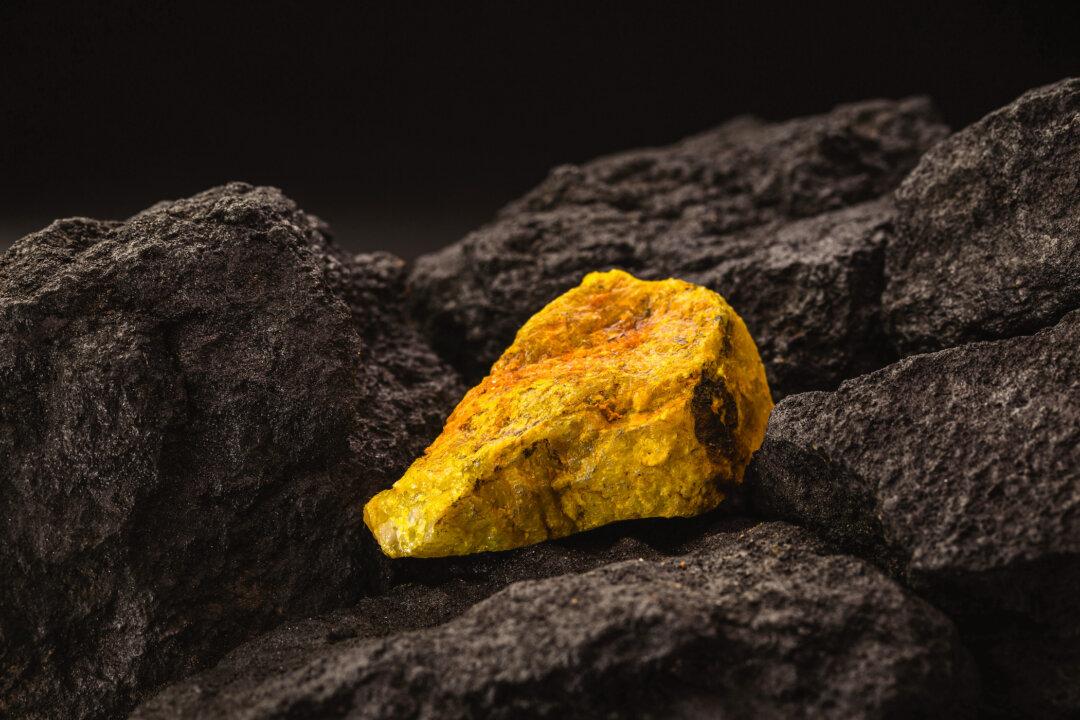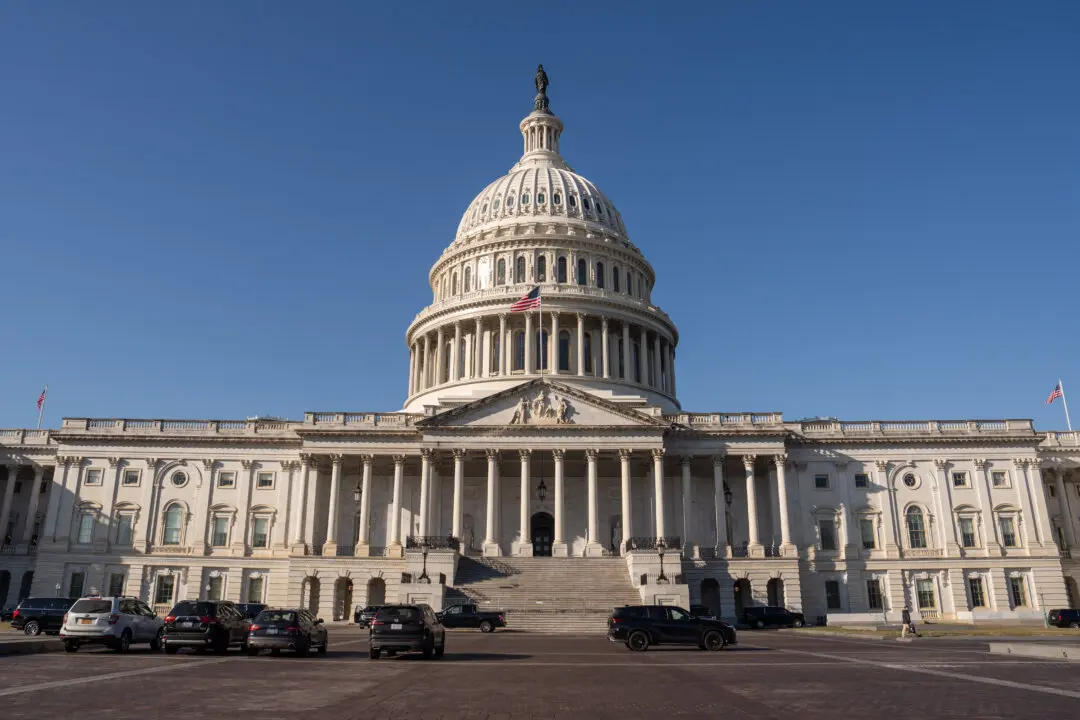President Joe Biden is guiding United States energy policy in directions designed to meet his stated goals of a “100-percent ‘clean electricity grid’” by 2035 and net-zero carbon emissions by 2050, a baseload bias that radiates across the entire federal regulatory and rule-making circuitry.
Yet, despite carbon-free nuclear power providing nearly 20 percent of the electricity produced in the United States and having the capacity to produce much more, the administration continues to downplay nuclear power as a key component in achieving its 2035 and 2050 aims.





